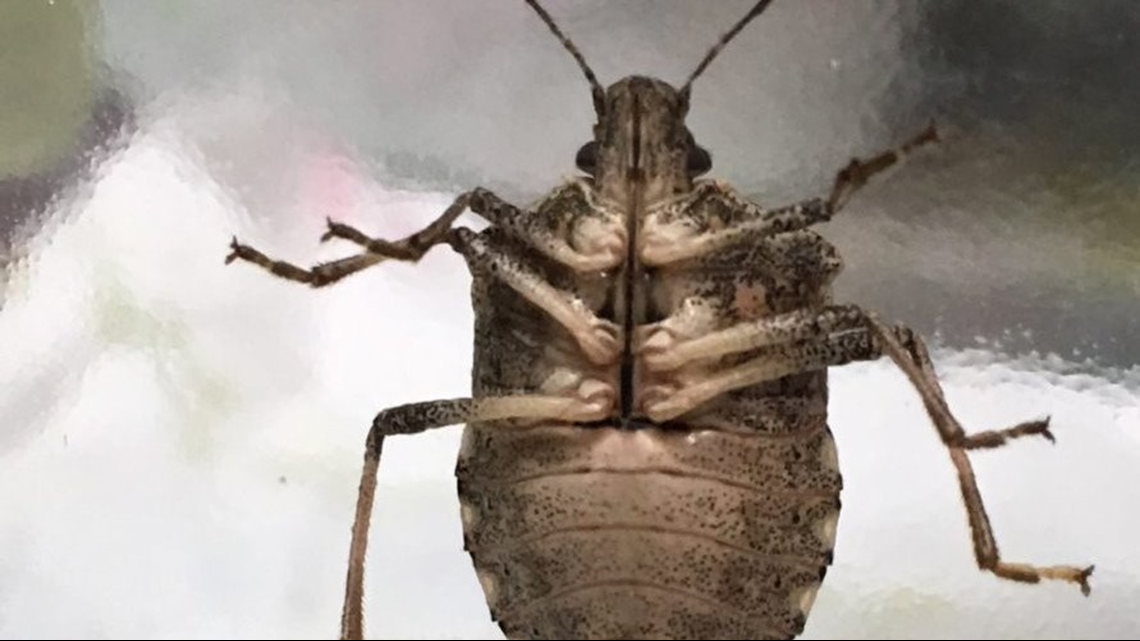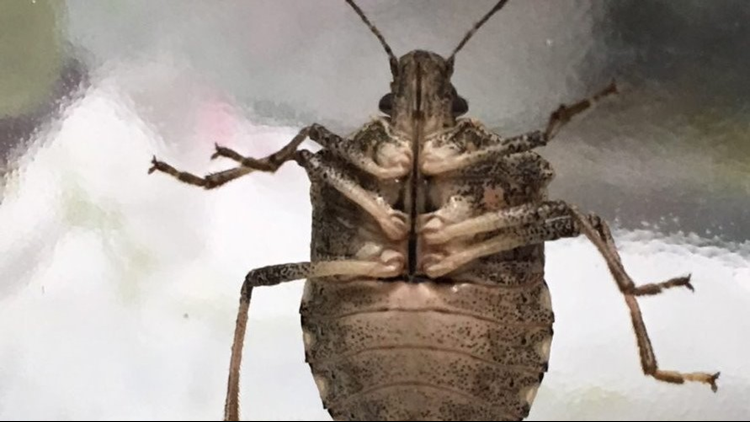They're creepy and crawly and stinky — and they want to live with you. Destructive stink bugs have invaded Western Washington in droves.
The brown marmorated stink bugs are native to Asia and first arrived in America in the Mid-Atlantic states. In 2010, the bugs decimated crops on the east coast. That same year, the first stink bugs were detected in Washington state.
"Once they're inside, don't squish them cause they will stink. Vacuum them up, throw away the vacuum bag when you're through because your vacuum will smell for weeks," says Darrell Beetham from Paratex Pest Control.
Now the bugs are prolific in Western Washington, mainly in King, Pierce, and Thurston counties. Researchers at Washington State University have received 300 inquiries about bugs in just three weeks.


“We’ve never seen so much activity related to this bug — and so quickly,” said WSU entomologist Michael Bush of WSU’s Yakima County Extension.
Stink bugs earned their name by giving off a putrid odor when they are threatened or killed. The bugs don't bite or sting, but they pose a serious threat outdoors by gorging on fruits, vegetables, trees, and plants.
The brown marmorated stink bugs can be distinguished by thin white bands on their antennae. WSU researchers encourage residents to take a photo of the bugs and email them with name, date, amount and location of the bugs. Send to tfrec.reportbmsb@wsu.edu.
KING 5 reported on a similar stink bug infestation in Western Washington in 2016.
Stink bugs are very hardy, although they are weaker in the spring from a dormant winter.
According to Cornell University entomologist Peter Jentsch, a nontoxic brew of soapy water might work. Try 1 part soap to 2 parts water in a spray bottle. Current pesticides are not as effective on stink bugs that have infested crops.
Jentsch says prevention in the fall is key. "Once established in your house, it's nearly impossible to get rid of them."
Seal all cracks around windows, doors, siding, utility pipes, behind chimneys and underneath the wood fascia and other openings with high-quality silicone or silicone-latex caulk.
Remove wall and window air conditioners; weather stripping around doors and windows may help. Repair broken screens and windows.


